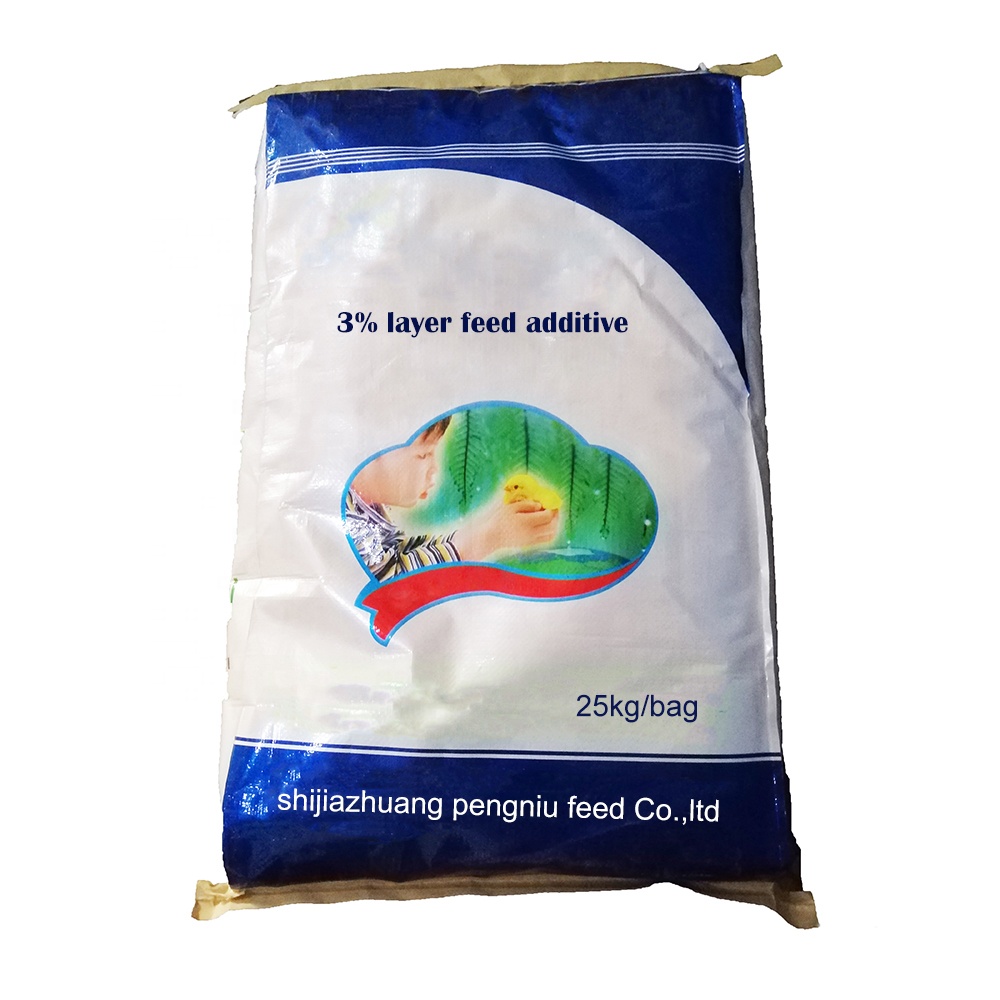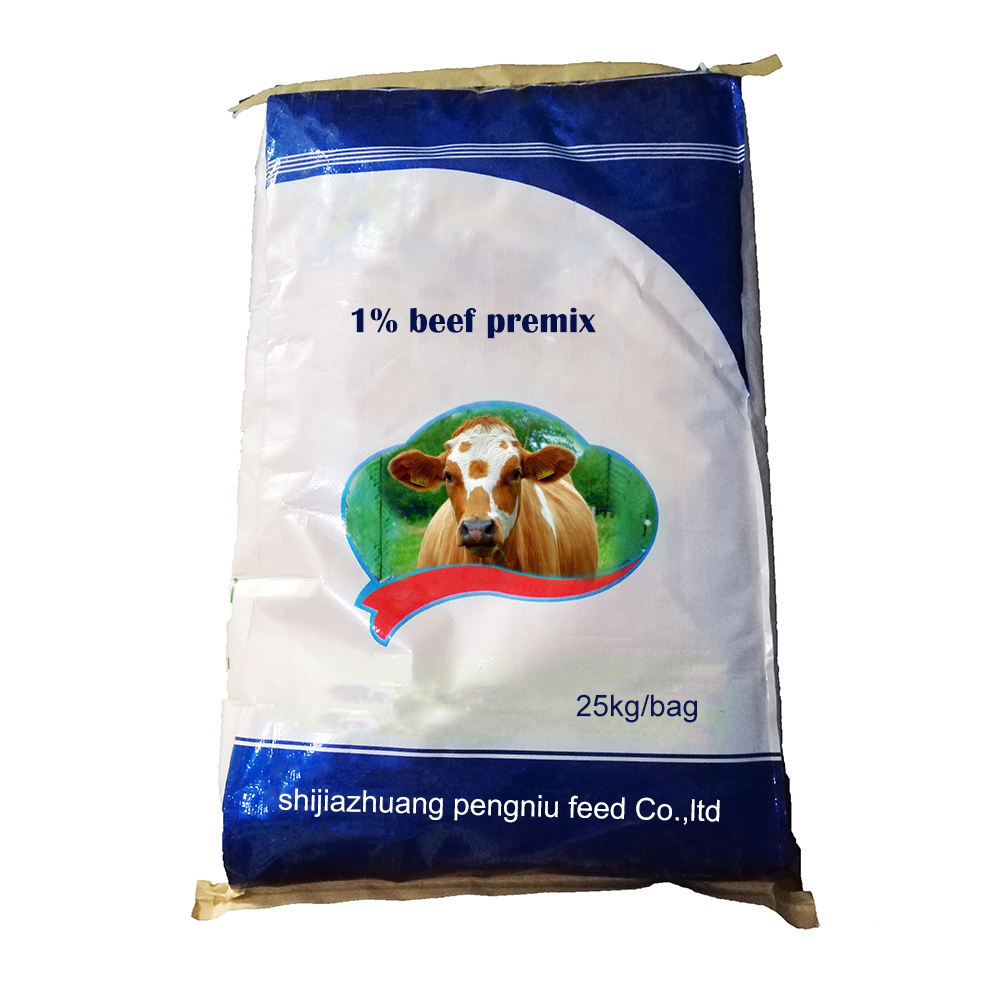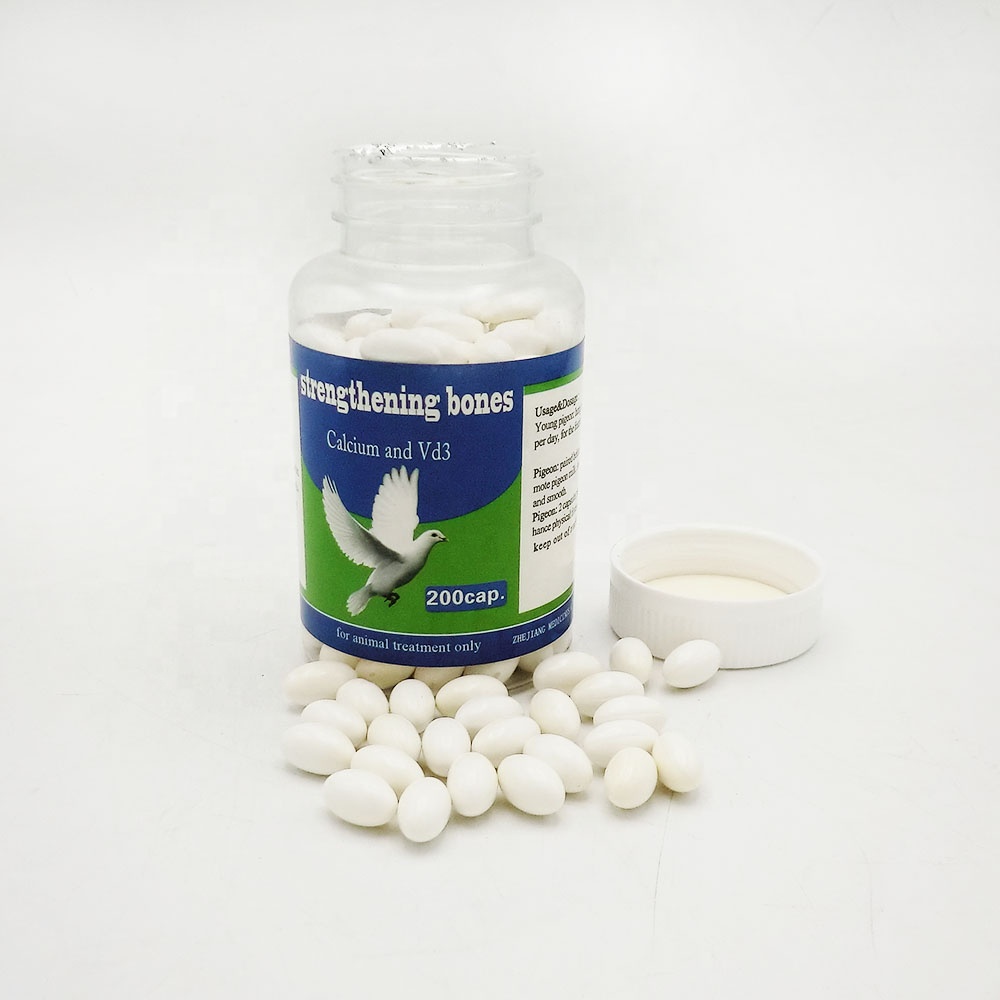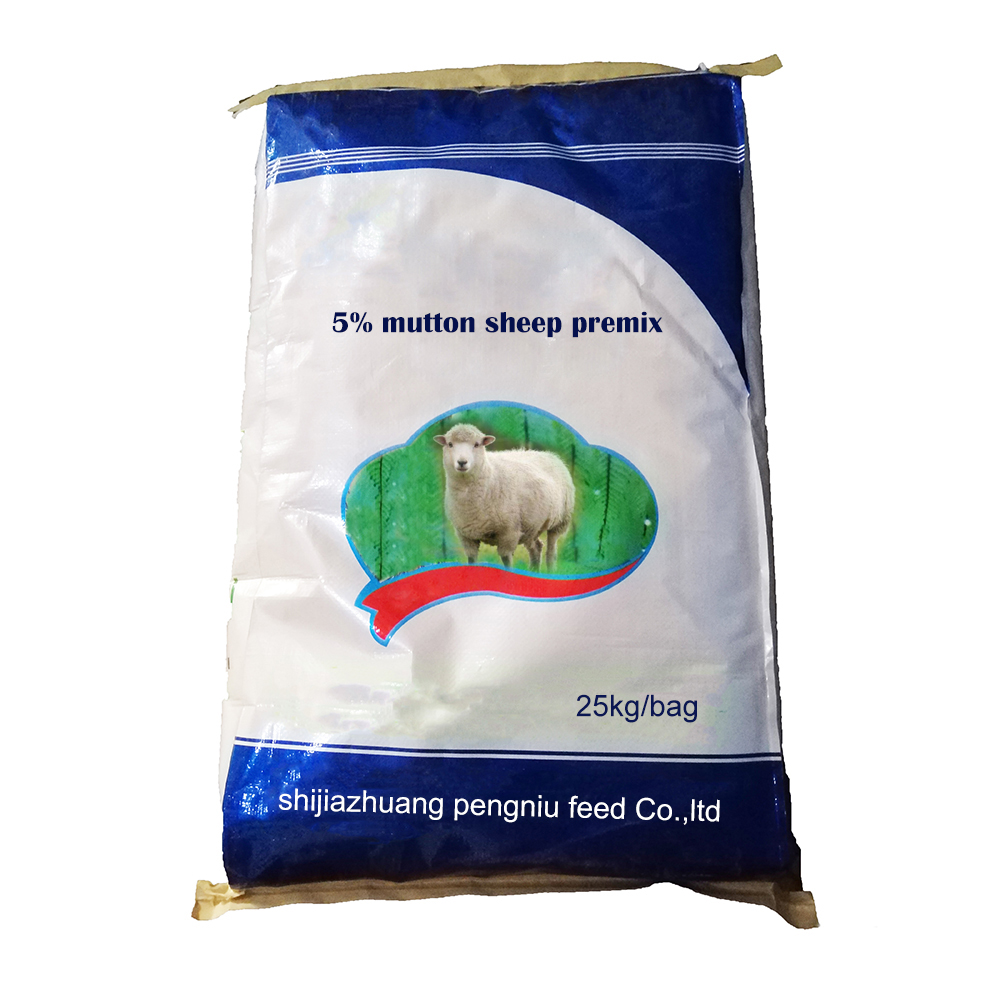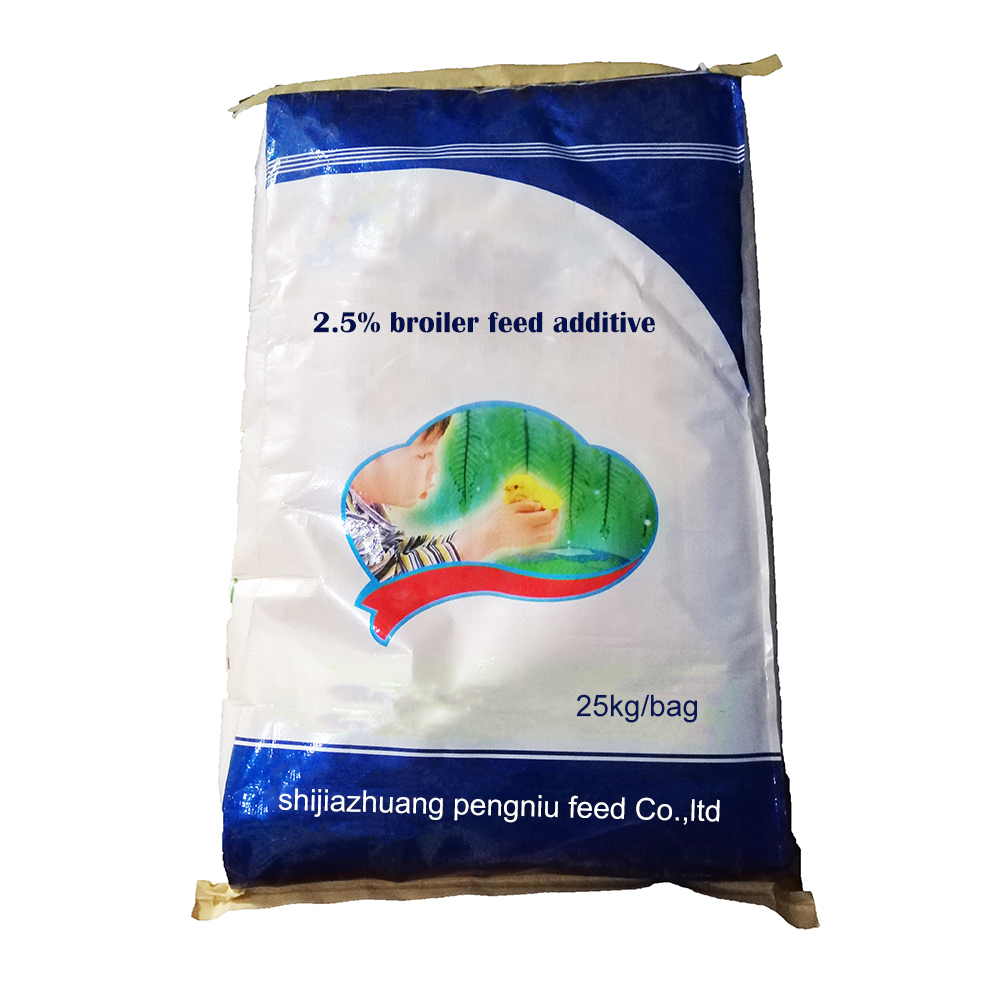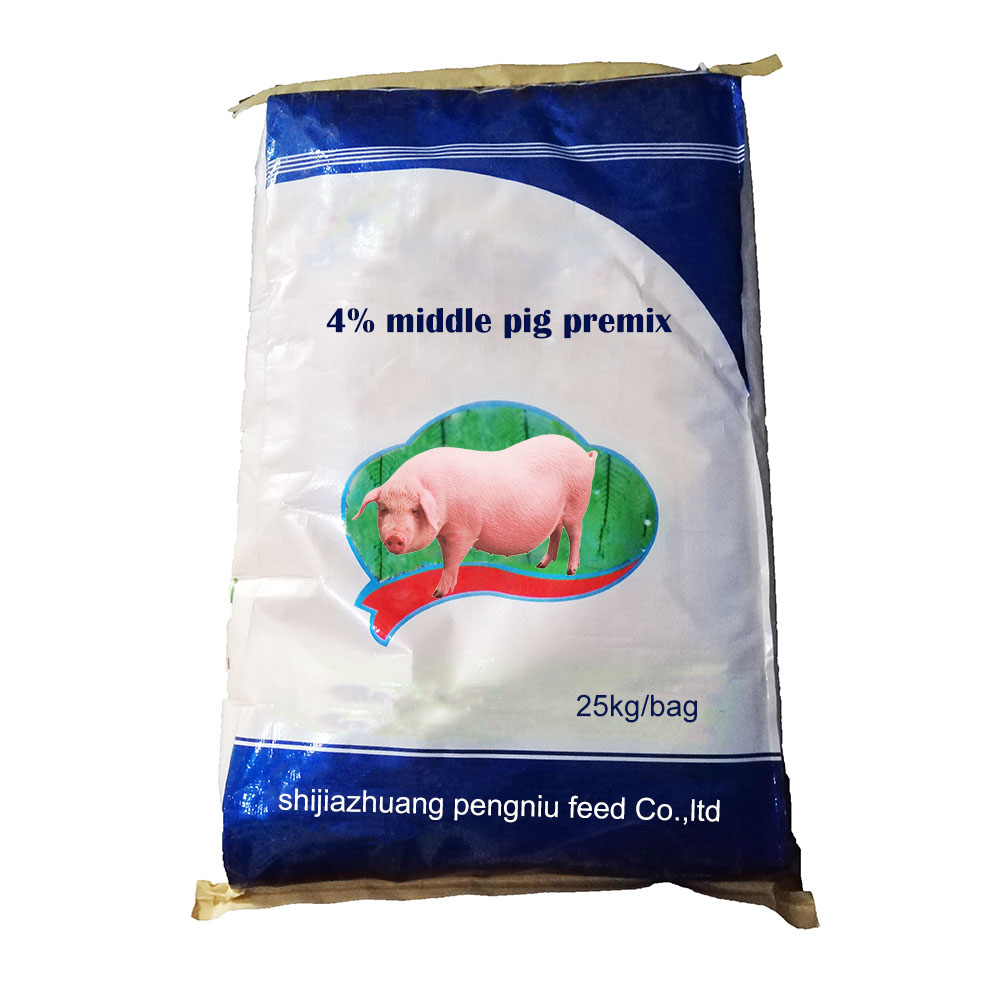- Introduction to dog medications
and their role in veterinary medicine - Overview of pet medications for dogs and how they differ from other pet pharmaceuticals
- The impact of data and recent advancements in dog medications
- Technical advantages and key features of contemporary pet medications
- Comparative analysis of leading manufacturers in the pet medications sector
- Customized medication solutions: Tailoring dog medications to specific canine health needs
- Future outlook and final thoughts on dog medications, including industry trends and opportunities
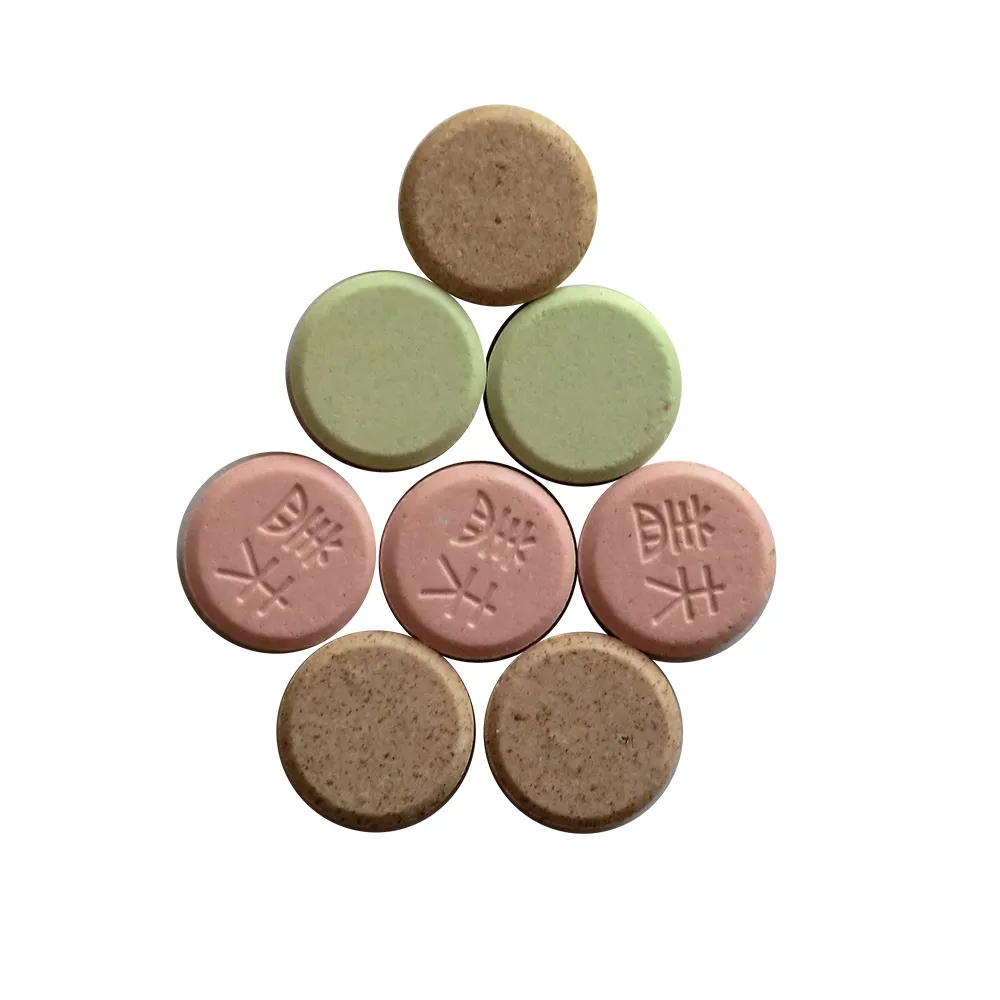
(dog medications)
Introduction: The Evolution and Importance of Dog Medications
The landscape of dog medications has transformed remarkably over the past decade, revolutionizing the way veterinarians, pet owners, and pharmaceutical companies approach canine health. Recent reports show that global spending on veterinary pharmaceuticals, especially pet medications for dogs, surged by 8.7% in 2023, exceeding $12.1 billion USD worldwide. This surge reflects not only the growing pet population—particularly dogs, which constitute 60% of all household pets in North America and Europe—but also heightened awareness around preventive care and chronic disease management in animals.
As chronic conditions like arthritis, diabetes, and allergies become more prevalent in canine populations, the demand for effective, high-quality medication options intensifies. Advanced diagnostics and personalized medicine techniques have enabled practitioners to prescribe more targeted solutions, improving health outcomes substantially. In fact, data from the American Veterinary Medical Association indicates that routine administration of preventive pet medications for dogs has reduced incidence of heartworm by 56% over the last five years.
Pet Medications for Dogs: Types and Differential Factors
A comprehensive understanding of pet medications for dogs requires examining both the range of available products and how they differentiate from those intended for other animals. Canine formulations are unique in their dosing, absorption rates, and methods of delivery, all tailored for the distinct metabolic and anatomical makeup of dogs. The principal categories include preventive medications (such as anti-parasitics and vaccines), treatment medications (like antibiotics and anti-inflammatories), and chronic disease management drugs (for conditions such as epilepsy or osteoarthritis).
Unlike medications for cats or small mammals, dog medications often leverage palatable formulations to facilitate ease of administration—chewables, flavored tablets, and even topical solutions are becoming standard. The American Animal Hospital Association (AAHA) reveals that 78% of prescription fills for dogs are in flavored or easy-to-administer formats, leading to higher compliance rates. This product differentiation not only ensures efficacy but also aligns with the unique behavioral patterns of dogs.
Data-Driven Insights: Market Growth and Usage Patterns
Statistical analysis highlights a robust expansion in both the utilization and diversity of dog medications. According to the latest IBISWorld industry report, the compounded annual growth rate (CAGR) for pet pharmaceuticals stands at 9.2% from 2019-2023, with dog medications accounting for nearly half of all new drug approvals during this period. Veterinarians prescribe multi-modal therapies with increasing frequency—combining anti-inflammatory, antibiotic, and supportive care pharmaceuticals for holistic canine treatment plans.
Key drivers for this growth include:
- Increased pet ownership: 63% of U.S. households now own dogs, up from 56% a decade ago.
- Longer canine lifespans: Improved veterinary care has extended the average dog’s lifespan from 10.9 to 12.2 years since 2015.
- Expanded medication classes: Over 120 distinct dog-specific pharmaceuticals have entered the market since 2020, ranging from novel immunomodulators to gene therapies.
This expansion is further mirrored in the availability of data platforms—enabling real-time tracking of prescription trends, side effects, and therapeutic outcomes, which inform clinical best practices and fuel product development.
Technical Advantages: Innovations in Pet Medications
The technology embedded in today's pet medications for dogs is nothing short of groundbreaking. Innovations in controlled-release formulations, nano-encapsulation, and biologic drug delivery have made therapies more effective and convenient for both pets and their owners. For example, controlled-release anti-inflammatory tablets can now maintain therapeutic levels for up to three weeks, minimizing dosing frequency and reducing the risk of missed doses.
Additionally, advances in pharmacogenomics are powering the advent of personalized medications, tailored to a dog’s unique genetic makeup for conditions such as epilepsy or allergies. The development of DNA-guided dosing protocols has improved the safety margin of several drug classes, reducing adverse drug reactions by as much as 39% according to published clinical trial results in 2022. Safety, palatability, and delivery mechanics are all enhanced by rigorous bioengineering and clinical validation, ensuring every product meets stringent global regulatory standards.
Manufacturer Comparison: Leading Pet Medication Brands
To make an informed decision for canine health management, understanding the competitive landscape among pet medication manufacturers is essential. The following table compares top brands based on criteria such as research investment, product diversity, global reach, quality assurance, and innovation pipeline.
| Manufacturer | Annual R&D Investment (USD millions) | Product Range | Global Availability | Quality Certifications | Pioneering Innovations (2020-2024) |
|---|---|---|---|---|---|
| Zoetis | 620 | 100+ | 85+ countries | FDA, EMA, WHO-GMP | Gene-editing therapies; Long-acting parasiticides |
| Bayer Animal Health (Elanco) | 540 | 88 | 70+ countries | FDA, ISO 9001 | Transdermal patches; Palatable vaccines |
| Boehringer Ingelheim | 480 | 90+ | 80+ countries | EMA, GMP | Sustained-release injections; Personalized vaccines |
| Merial (Sanofi) | 395 | 75 | 60+ countries | FDA, GMP | Oral immunotherapeutics; Inhalable antibiotics |
| Virbac | 320 | 60+ | 50+ countries | ISO 9001, GMP | Rapid-onset anti-inflammatories; Smart dosing systems |
This comparative perspective underscores the critical importance of choosing manufacturers with verified histories of quality, innovation, and regulatory compliance for your dog medications needs.
Customized Medication Strategies: Tailoring Solutions for Canine Wellness
The rise of customized approaches in veterinary medicine has transformed the treatment of dogs with unique health profiles. Pharmacogenomic screening, breed-specific dosing protocols, and allergy panels now enable veterinarians to design individualized medication regimens. For instance, tailored combination therapies are increasingly used for chronic pain management in working dogs, leveraging data from activity monitors and continuous health tracking devices to optimize dosing intervals and reduce side effects.
Compounding pharmacies play a vital role in customizing pet medications for dogs—providing alternatives when standard products don’t suit an animal’s specific needs (such as particular flavor preferences or sensitivity to excipients). In recent years, over 27% of veterinary prescriptions for dogs were filled via compounding, a significant leap from previous years. Examples include liquid suspensions for puppies, or injectable antioxidants for older dogs with absorption issues. These strategies collectively advance the precision and compassion of canine healthcare.
Industry Trends and Future Prospects for Dog Medications
In summary, the advancements and competitive momentum in dog medications reflect a broader movement toward elevated standards of animal care, underpinned by scientific rigor and consumer demand. Industry analysts predict that by 2027, the pet medication market will surpass $16.8 billion globally, with dog-specific products forming the majority share. Trends such as telemedicine, wearable health trackers, and AI-driven clinical decision support systems are expected to further accelerate innovation, enabling earlier disease detection and more calibrated therapy options.
As access to information and veterinary care expands, pet owners are empowered to demand greater transparency, efficacy, and safety from their medications. This shift is supported by collaborative partnerships between manufacturers, research institutes, and regulatory authorities, paving the way for smarter, more effective solutions in the world of dog medications.

(dog medications)
FAQS on dog medications
Q: What are common dog medications used for?
A: Dog medications are typically used to treat health issues like infections, pain, allergies, or parasites. Your veterinarian will recommend the right pet medications for dogs based on their condition. Always follow your vet’s prescription.Q: Can pet medications for dogs be used without prescription?
A: Many dog medications require a veterinary prescription to ensure safety and effectiveness. Some over-the-counter pet medications for dogs exist for basic care. Always consult your vet before starting any medication.Q: Are human medications safe for dogs?
A: Most human medications are not safe for dogs and can be harmful. Always use products specifically labeled as dog medications or pet medications. Consult your vet before giving your dog any medication.Q: How should I store pet medications for dogs?
A: Store dog medications in a cool, dry place away from pets and children. Follow specific storage instructions on the medication label. Proper storage maintains medication effectiveness.Q: What should I do if my dog has an adverse reaction to a medication?
A: Stop giving the medication and contact your veterinarian immediately. Adverse reactions can occur with any pet medications for dogs. Quick action helps protect your dog’s health.Post time: July 5, 2025

